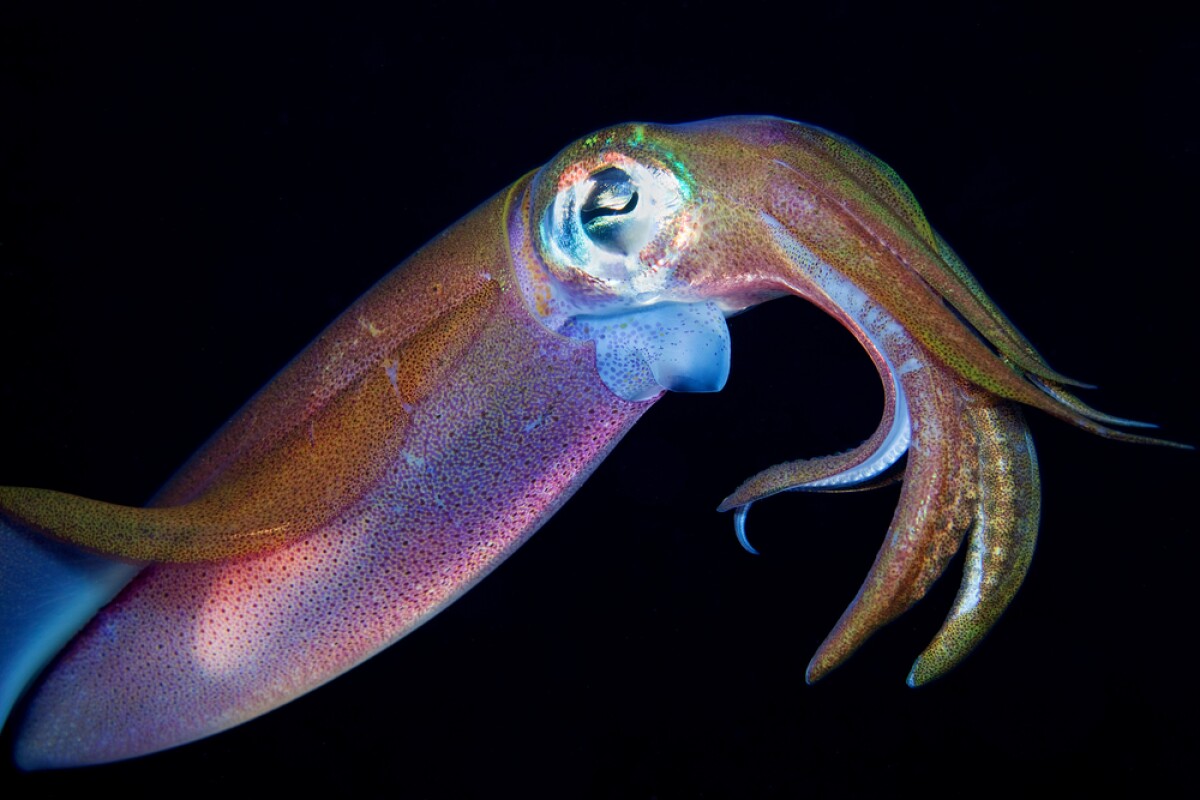Scientists have long marveled at the squid's ability to sense the color of its surroundings, and then instantaneously change its own skin coloring in order to blend in. To that end, a number of projects have attempted to create man-made materials that are similarly able to change color on demand. One of the latest studies, being led by associate professor Stephan Link at Rice University, may ultimately result in improved LCD displays.
The technology developed by the team currently consists of a prototype full-colordisplay, which incorporates five-micron-square pixels made up of arrays of tiny aluminum nanorods to produce vivid red, green and blue-based colors. By electronically tuning both the length of the nanorods and the spacing between them, it's possible to alter the manner in which they reflect light – this in turn changes each pixel's perceived color.

The pixels themselves are approximately one fortieth the size of those typically used in conventional LCD displays. Electron-beam deposition was used to create the arrays of several hundred nanorods within each one. Such rods have been used to create color-changing displays in previous projects, although because they weren't lined up in such precise arrays, the colors produced tended to be "muted and washed out."
It is now hoped that the technology could be used to create next-generation LCD displays – which may take the form of large polymer sheets – in which the nanorod arrays would take the place of the currently-used colored dyes. Such dyes fade after exposure to light, but that wouldn't be a problem with Rice's system.
The researchers are continuing to develop the display, along with looking at ways in which it could "see" colors around it, and then change its own color accordingly.
Source: Rice University






![The Ti EDC [everyday carry] Wrench is currently on Kickstarter](https://assets.newatlas.com/dims4/default/0ba225b/2147483647/strip/true/crop/4240x2827+0+3/resize/720x480!/quality/90/?url=http%3A%2F%2Fnewatlas-brightspot.s3.amazonaws.com%2F59%2Fb2%2F6a6fdd0348a8bfdad88bbcefec53%2Fdsc03572.jpeg)